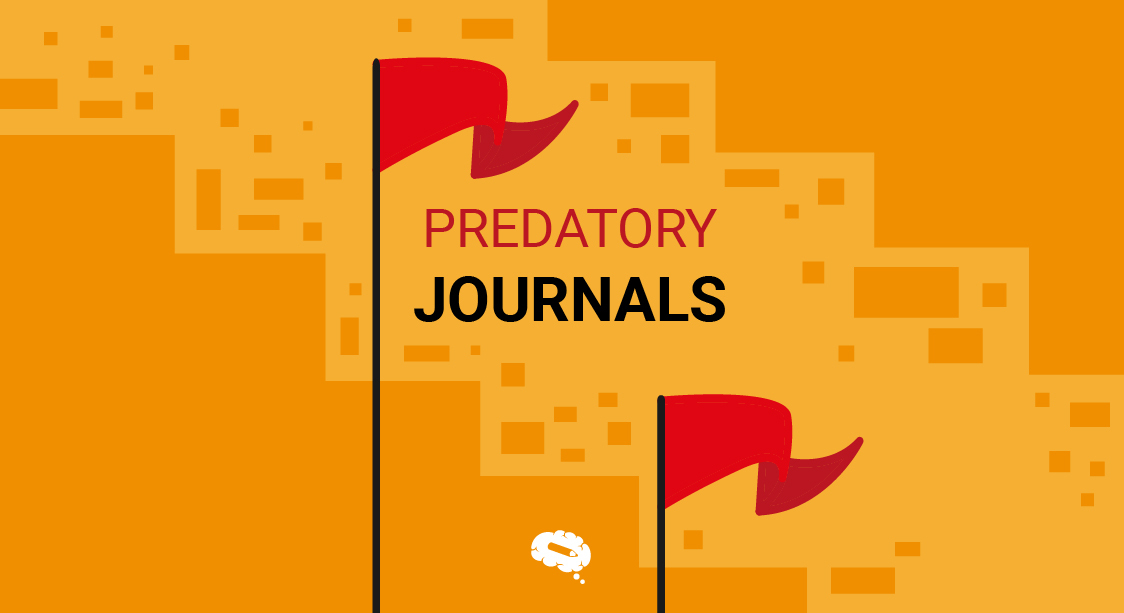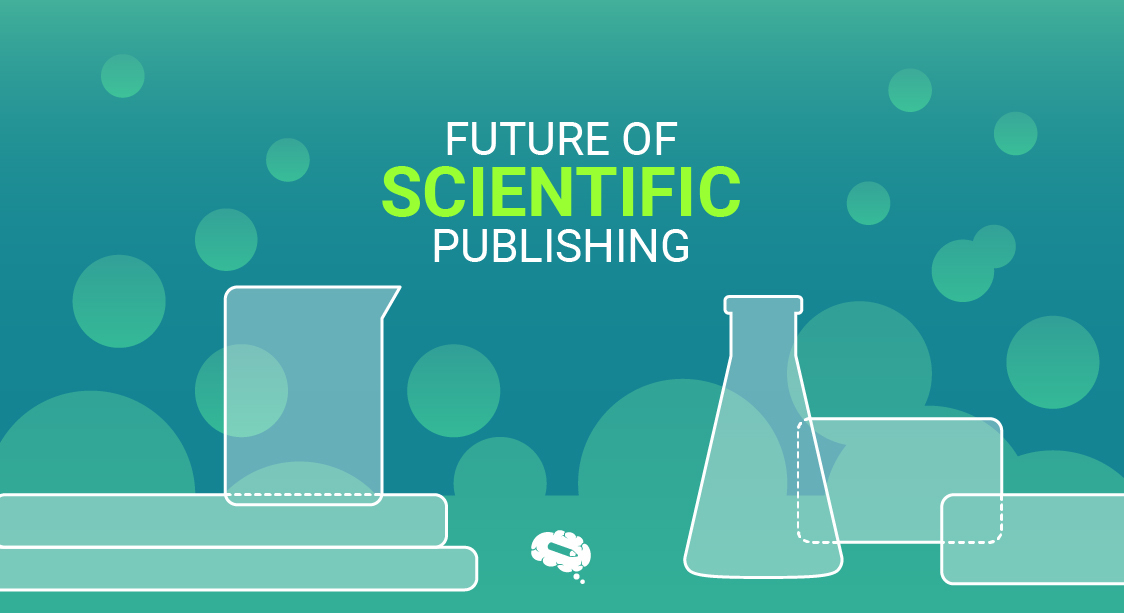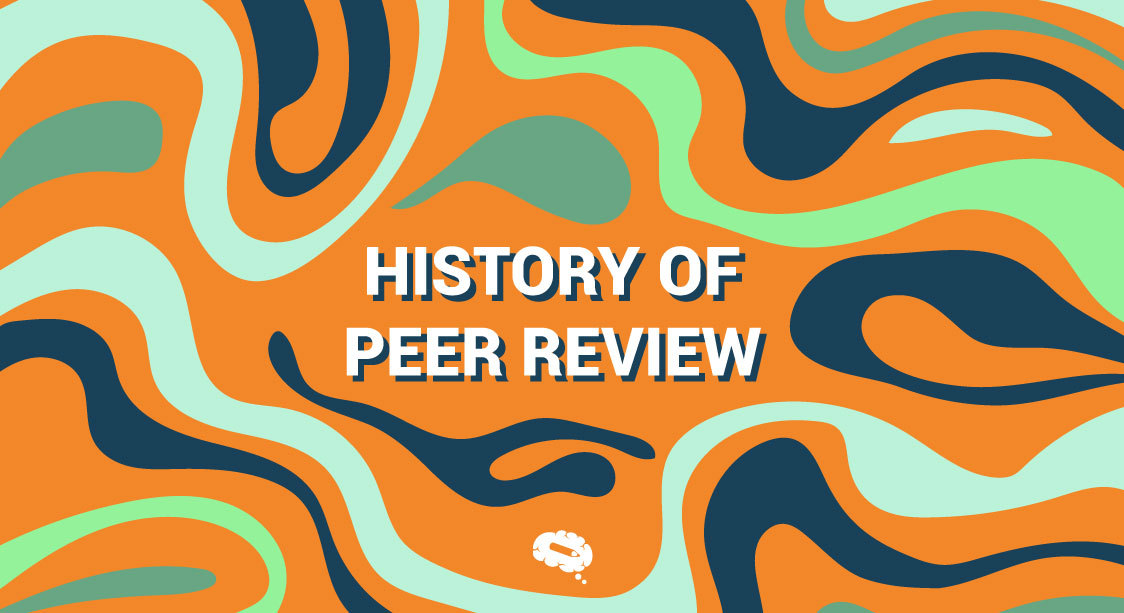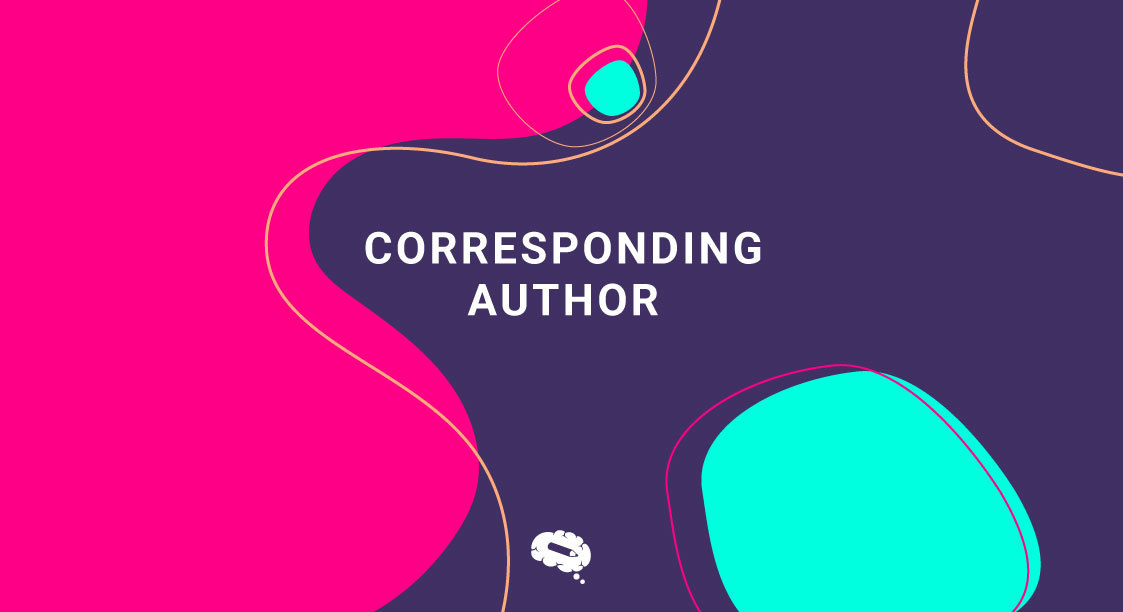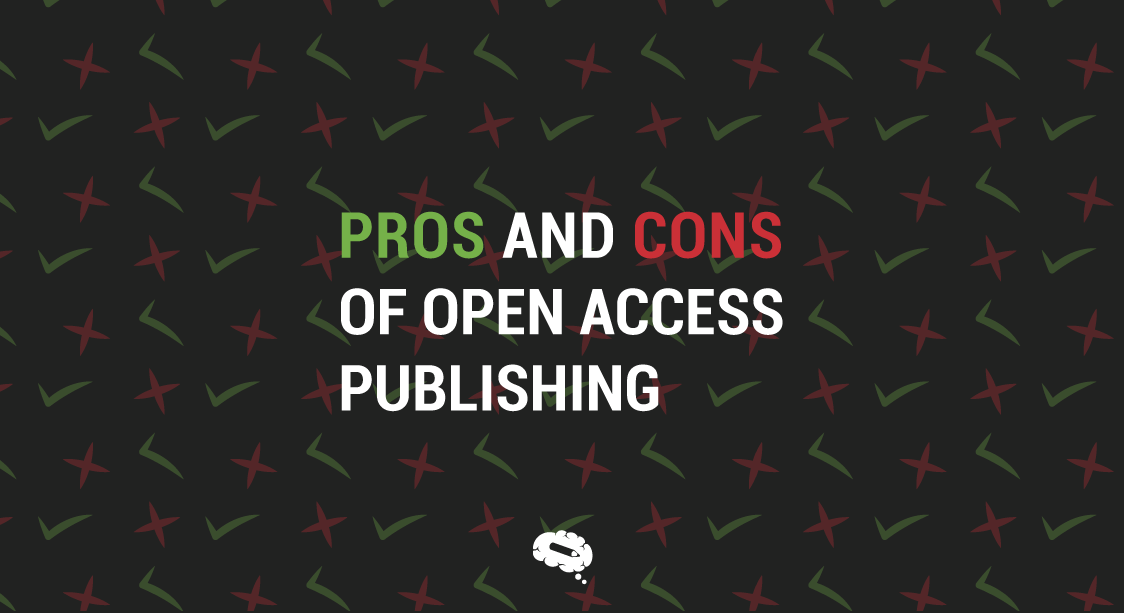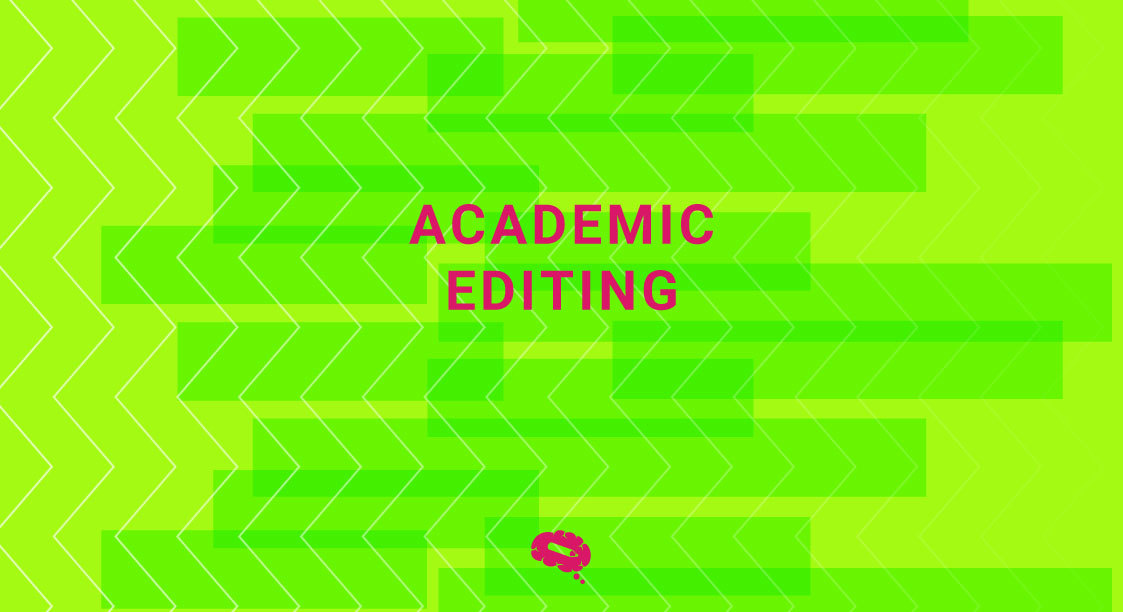Assessing the reliability of academic journals is a fundamental concern for researchers navigating the ever-expanding landscape of scholarly publishing. The question, “Do you think this journal is reliable or not?” is one that undoubtedly resonates with researchers across disciplines, often prompting discussions with peers or mentors. In an environment rife with deceptive, fraudulent, or pseudo journals—synonymous with predatory publishing—navigating the terrain of publication ethics becomes increasingly complex. The proliferation of such predatory journals poses a significant threat to the integrity of academic discourse, undermining the credibility of scholarly research and eroding trust in the dissemination of knowledge.
Against the backdrop of exponential data generation and the pervasive pressure to publish, the imperative of selecting reputable journals for referencing and dissemination cannot be overstated. Researchers must be equipped with the tools and knowledge to discern between legitimate scholarly outlets and predatory enterprises masquerading as credible platforms for academic discourse. The ability to identify predatory journals is not merely a matter of academic prudence; it is a critical skill essential for safeguarding the integrity and credibility of one’s research contributions.
Recognizing the urgency of this challenge in the contemporary research landscape, it becomes imperative for researchers to cultivate an understanding of the indicators and markers that distinguish authentic scholarly journals from their predatory counterparts. By acquiring proficiency in discerning the authenticity and transparency of journals, researchers can mitigate the risks associated with predatory publishing and uphold the principles of academic integrity. This entails a multifaceted approach encompassing a thorough examination of various facets of journal credibility, ranging from editorial practices and peer review procedures to indexing status and publication ethics.
Key indicators of a reputable journal include a transparent and rigorous peer review process, clearly articulated editorial policies, and a distinguished editorial board comprising experts in the field. Legitimate journals typically adhere to established ethical guidelines, such as those outlined by organizations like the Committee on Publication Ethics (COPE), thereby upholding standards of integrity and transparency in scholarly publishing. Moreover, predatory journals often lack indexing in reputable databases and may engage in unethical practices such as plagiarism, falsification of data, or manipulation of citation metrics.
Related article: Peer Review Process: Understanding The Pathway To Publication
In conclusion, the ability to discern between reliable scholarly journals and predatory entities is indispensable for researchers seeking to uphold the integrity and credibility of their academic pursuits. By equipping themselves with the knowledge and tools necessary to identify deceptive publishing practices, researchers can navigate the scholarly landscape with confidence, ensuring that their contributions to the scientific community are disseminated through trustworthy and reputable channels. Let us help you understand the issue better.
What Are Predatory Journals?
Jeffrey Beall, a former librarian at the University of Colorado, Denver, coined the term “predatory journals.” He used to maintain a list of what he considered to be predatory publishers and journals, which he published on his blog. Beall defined predatory journals as those that exploit the open-access publishing model for profit without providing the expected level of editorial or publishing services. A website named Beall’s List still keeps an account of predatory journals and lists are updated now and then. However, it is to one’s discretion to search the journals and if to rely entirely on the list.
Also read: Pros and Cons of Open Access Publishing: Empowering Academics
Predatory Journals usually prioritize profit over the dissemination of credible research and can damage the integrity of academic publishing by allowing substandard or misleading research to enter the scholarly record. Identifying and avoiding predatory journals is important for researchers to ensure the quality and reliability of their work.
Evolution Of Predatory Journals
If we look at history it is difficult to point out to one single incident from where the evolution of predatory journals began. It was more due to the accumulation of more than one event which pointed towards the importance of peer review.
However, one early notable case often cited is the publication of a fake scientific paper by physicist Alan Sokal in 1996. Sokal submitted a nonsensical paper titled “Transgressing the Boundaries: Towards a Transformative Hermeneutics of Quantum Gravity” to the cultural studies journal “Social Text.” The paper was accepted and published, despite being full of jargon and nonsensical arguments. While this incident primarily highlighted issues within certain segments of cultural studies publishing rather than predatory publishing per se, it did raise questions about the rigor of peer review in certain academic disciplines.
Later, with the rise of the need to publish in the journal as an academic regulation, it became easy for publishers to tap into the need and the journal publication houses grew like mushrooms globally.
Characteristics Of A Predatory Journal
But how do we know whether the journals we are submitting our paper to are predatory or not? To help you with the process of identification, the following are the detailed characteristics of a predatory journal as identified by the researchers Elmore and Weston in 2020. Reading them carefully and recalling any of the experiences you had in your career will help you remember the characteristics better.
Falsified Impact Factors
Predatory journals often advertise a Journal Impact Factor or other citation metric on their website, which may be incorrect or impossible to verify. These journals tend to not publish any impact factor on the website home page. If there are any numbers given on the home page the words used are not directly relatable as an impact factor. If there are links given for the explanation of the impact factor then go to the link and read the details. Look into three or five year impact factors and citations of the research papers published by the journal to understand the actual impact factor. A researcher can also find guidance on Journal citation reports from “Measuring your research impact: Journal Citation Reports (JCR)“.
Unrealistic Publication Timelines
These journals may promise an unrealistic timeline for publication, enticing authors with quick turnaround times that are often unattainable. A peer-reviewed journal will usually need a longer time period for publication as the reviewers will need at least 1-3 months to provide you with the reviewer’s comments.
Acceptance Based on Payment
Predatory journals publish all articles for which authors pay an Article Processing Charge (APC), regardless of quality, relevance to the journal’s scope, or coherence of content.
Poor Copyediting
Articles in predatory journals frequently contain numerous grammar mistakes due to little or no copyediting, compromising the quality of published research.
Also read: Copyediting vs Proofreading: The Art Of Text Refinement
Dubious Editorial Boards
Editorial boards of predatory journals may include fictitious individuals, individuals lacking relevant credentials, or individuals unaware of their association with the journal, undermining the credibility of the publication.
Imitation of Legitimate Journals
Some predatory journals mimic the name or website of well-known legitimate journals, deceiving authors into submitting their work to illegitimate outlets.
Aggressive Solicitation
Predatory journals aggressively target potential authors through spam emails, often inundating researchers with solicitations for submissions.
Misleading Contact Information
These journals may claim to have offices in one country while providing contact details located in another, adding to the lack of transparency in their operations.
Phishing-Like Solicitations
Solicitation emails from predatory journals may contain grammatical errors reminiscent of phishing scams, further raising doubts about their legitimacy.
Opaque Acceptance Process
Lack of transparency about the acceptance process or APCs leaves authors unaware of the charges they will incur until their article is accepted, leading to potential financial exploitation.
Copyright Transfer Requirement
Predatory journals may require authors to sign away their copyright to the article upon submission, preventing authors from submitting their work to other publishers.
Unauthorized Publication
Some predatory journals publish articles submitted before authors have signed publishing agreements, then refuse to remove the articles if authors withdraw their submissions.
Abrupt Removal Of Content
Predatory journals may remove articles or entire journals from the web without warning or informing authors, potentially resulting in loss of access to published work and undermining scholarly integrity.
Factors Contributing To The Rise Of Predatory Journals
One would ask knowing that the journal is not reliable and may not provide needed editorial assistance, why would a researcher end up publishing with them? What would attract a researcher to go ahead and publish with a fraudulent publisher? Technically, nothing! You would wait until you get your chance and a good publisher is ready to take your research undervaluation. In our understanding, no causal factor can lead a researcher to waste their entire life and give it to a predatory publisher. But we do see that publications are happening. When we tried looking at the reasoning, we found the following to be the most prominent reasons.
Increased Pressure To Publish
In academia, there is often a strong emphasis on publishing research to advance one’s career, secure funding, or gain recognition. Authors under pressure to publish may be more susceptible to predatory journal solicitations, especially if they offer quick publication with minimal hurdles.
When it is the last year of your Ph.D and your convocation is dependent on the publication, it builds a lot of pressure on an individual. Under immense tension and pressure to graduate, there is a possibility that once might overlook certain indicators of predatory publishing and miss out on obvious emails with spelling mistakes.
It is required that mentors help the students out and help them power through the pressure and stick to a procedure for publication. Publishing with a renowned publisher and prestigious editorial board can bring a new light to the students’ career. All the efforts of a long research journey may need a last directional punch to look for the right publisher!
Lack Of Awareness
Lack of awareness can be a significant factor contributing to authors inadvertently publishing with predatory journals. Early-career researchers or those from regions with limited exposure to academic publishing practices may be unfamiliar with the existence or characteristics of predatory journals. Without proper guidance or mentorship, they may fall victim to deceptive practices.
Also, authors whose primary language is not English may face challenges in navigating the complexities of academic publishing, including identifying reputable journals. Predatory journals may exploit this vulnerability by targeting non-native English speakers with enticing offers and misleading information. Despite increasing efforts to raise awareness about predatory publishing, not all researchers are well-informed about the characteristics and risks associated with predatory journals. Without education on this topic, authors may inadvertently engage with predatory publishers.
Implications Of Predatory Journals
On Researchers And Academics
- Compromised Research Quality: Predatory journals typically have lax or non-existent peer review processes, allowing low-quality or even pseudoscientific content to be published. This compromises the integrity of the scholarly record, as poorly conducted or unreliable research can enter the academic literature unchecked. Consequently, the dissemination of inaccurate or misleading information undermines the foundation of scientific inquiry and may lead to detrimental consequences for future research and public policy.
- Financial Exploitation of Authors: Predatory journals often charge authors exorbitant Article Processing Charges (APCs) without providing the expected editorial or publishing services. Authors who submit their work to predatory journals may find themselves financially exploited, especially if they are unaware of the predatory nature of the publication. These unexpected costs can strain research budgets and divert funds away from legitimate scholarly endeavors.
On Scientific Research
- Predatory journals contribute to the dissemination of misinformation and pseudoscience by providing a platform for dubious research findings to be published and disseminated. This proliferation of misleading information can confuse the public, policymakers, and other stakeholders, potentially leading to misguided decisions and actions based on flawed or misrepresented research findings.
- Predatory publishing practices undermine the principles of academic integrity and scholarly ethics. By prioritizing profit over the dissemination of high-quality research, predatory publishers erode the trust and reliability of academic publishing. This erosion of trust not only harms individual researchers but also undermines the credibility of the academic enterprise as a whole.
Identifying And Avoiding Predatory Journals
Key Red Flags
- Unprofessional Website: Legitimate journals typically maintain professional, well-designed websites with clear submission guidelines, editorial board information, and contact details. Predatory journals may have poorly designed websites, grammatical errors, and lack substantial information about the editorial process.
- Lack of Indexing and Impact Factor: Reputable journals are indexed in established databases like PubMed, Web of Science, or Scopus, and typically have a respectable impact factor. Check if the journal is indexed in reputable databases and assess its impact factor. Predatory journals may falsely claim indexing or have no impact factor.
By being vigilant and thorough in evaluating journals, researchers can avoid falling prey to predatory practices and ensure their research is disseminated through reputable channels. It is also important to avoid citing research articles from such journals for the most authentic bibliography creation. A researcher should also keep an eye as to restrict the use of such journals and make peers aware of it.
While You Publish With The Best Journals, Mind the Graph Is Here To Help!
Avoiding predatory publishing is the first step towards your publication. Once you are through with it and have identified the journal you want to publish your research with, the most interesting journey awaits. Subscribe to our blog post for interesting insights into research article writing. Mind the Graph is here to help you with a lot of guiding articles and of course graphical abstract making to make your article interesting.
Our team would help you create stunning graphics to explain your research and get your best chances for publication as well. Reach out to us for any queries and try our platform for free here!

Subscribe to our newsletter
Exclusive high quality content about effective visual
communication in science.

